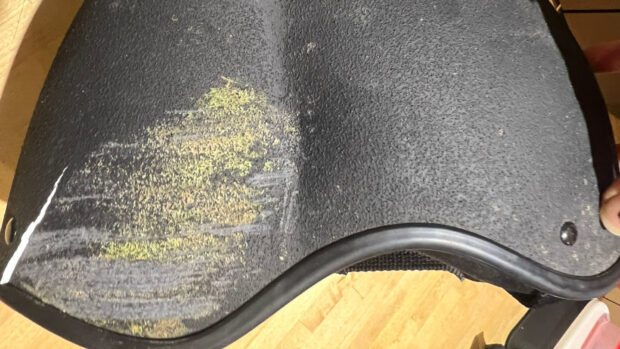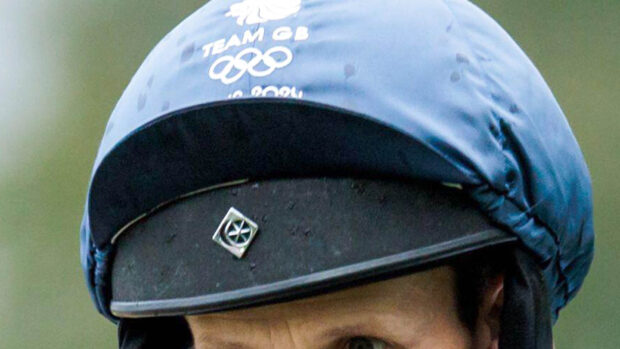In a major boost for rider safety, more than £200,000 has been given to a British company to fund research.
Helmet manufacturer Charles Owen has been given €273,000 (£210,995) from the European Union (EU) to work on a groundbreaking safety project.
The funding is part of the €3.4m HEADS scheme, which includes a variety of sports and aims to reach a new level of understanding of head injuries and how they can be prevented.
As part of the project, which runs until 2019, new safety standards will be developed for helmets used in equestrian, cycling, motor and snow sports, and a range of new head gear for testing will be produced.
Wales-based company Charles Owen is taking responsibility for the equestrian helmet standard work and has hired a PhD student from University College Dublin.
The company’s managing director, Roy Burek, has told H&H that part of the project will involve looking at how helmets are tested and how this can be improved.
He said that current testing does not take into account the turning effect of a rider who falls and hits the ground.
“Our student is looking at developing a new set of head forms for testing, which are biofidelic [human-like],” said Mr Burek.
A variety of testing procedures will then be simulated before physical experiments are carried out using the newly-chosen test method.
Different riding helmets will be assessed against the proposed standard.
Risk sport
The scheme involves six partners across five countries, and is based around 13 individual research projects.
“This is a once-in-a-lifetime opportunity to move standards forwards — it is an enormous amount of funding for head protection,” said Mr Burek.
He added that the size of the project also means researchers could ask “major questions” about the ethics and philosophy of safety standards — such as how far should they go to protect people from themselves.
Related articles:
- Hat rule changes for 2016: does yours comply?
- Buying a new riding hat? You need to read this first
- Take part in ‘cracking’ helmet safety campaign
“I think it is good for riders to know there are these projects going on to try and make the sport safer,” he said.
“We have always been of the firm belief that what puts people off riding horses is the potential for injury.”
Four-star event rider Simon Grieve welcomed the project.
“What we do carries risk, and if technology and science mean we can eliminate a certain amount of that, it can only be a good thing,” he said.
Ref: H&H 18 February, 2016




